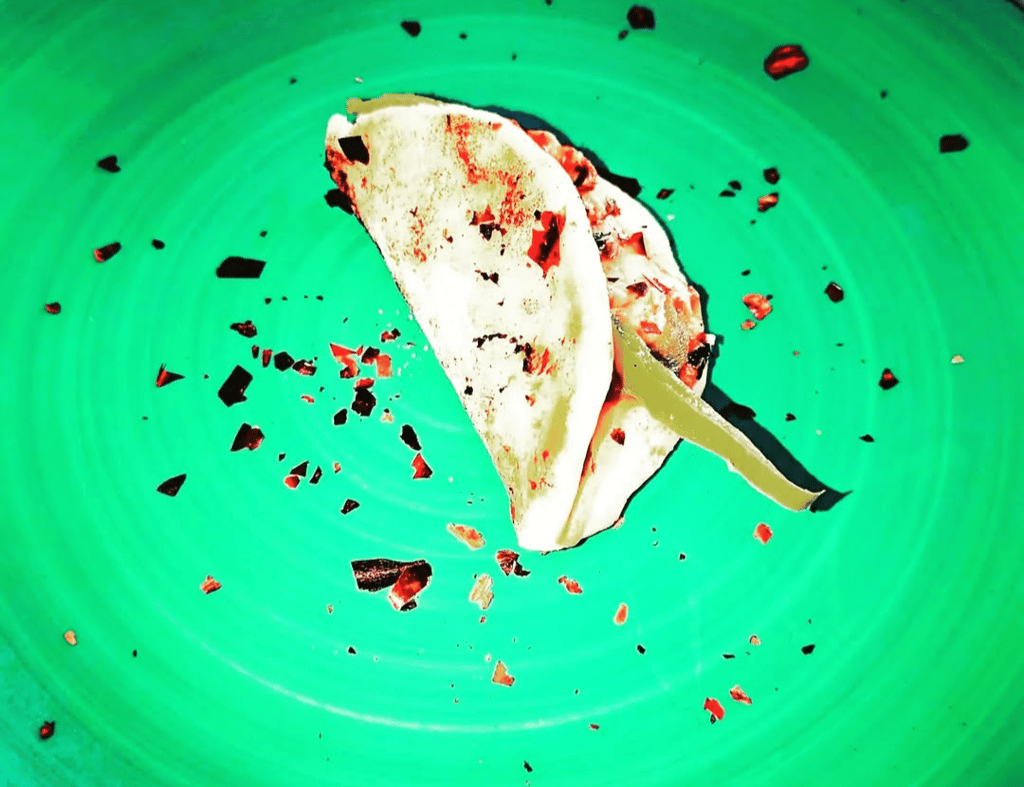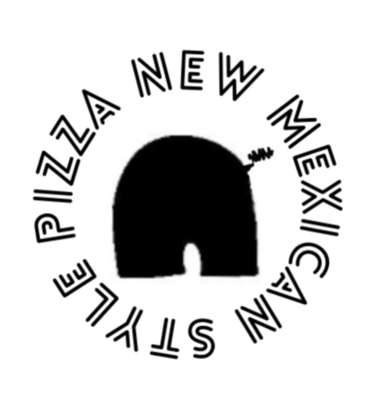A Taco is a Pizza
A Taco is A Pizza ™, when you want to experience making meals with a healthy digestibility.
A TACO IS A PIZZAA PIZZA IS A TACO
Mark Stens Land
8/2/20254 min read


Let me guess: you’re probably a hater, from the internet. You uphold laws, band together in your little insular group, with an us vs them mentality, farting rebukes to people different than you, or that you don’t understand. So let me clear some things up, because I'm going to say something that might sound like culinary heresy.
A taco is a pizza.
Okay, okay, I see you. Your eyes are scanning this article, because you have to get back to what you do best: hate, with an unhealthy dose of disdain. But hear me out. This isn't about toppings. This isn't about round versus folded. This isn't about Naples versus Oaxaca. This is about the foundation. The platform. The edible architecture that delivers flavor to your face. It's about the dough, and more specifically, the mind-blowing, world-expanding potential of sourdough.
Now, when I say sourdough, I need you to erase the image of that tangy, crusty loaf from San Francisco. That's just one expression, one dialect in a global language. Sourdough is not a flavor. It's a process. It's an ancient technology, a controlled fermentation driven by a wild, symbiotic culture of yeasts and bacteria (SCOBY). We're talking about a microscopic party of organisms, primarily yeasts like Saccharomyces cerevisiae and bacteria like Lactobacillus species, that get together and do something magical (Gänzle, 2014). They eat starches and sugars, and in return, they give us flavor, leavening, and something I'm obsessed with: digestibility.
This is the whole point. That little starter jar bubbling on your counter isn't just for wheat flour. It's a universal adapter for flavor and nutrition. Think about it. You can create a preferment—a "sourdough"—from almost anything with starch or sugar. Ground corn for masa. Milled rye or spelt. Heck, you can make a starter from rice flour, chickpea flour, even red lentil flour.
Why would you do this? Because these wild cultures are master chefs and chemists. They pre-digest the food for you. Grains, seeds, and legumes are armed with defensive compounds like phytic acid, which can bind to minerals and make them less available to our bodies. But the long, slow fermentation of a sourdough process significantly reduces these anti-nutrients. The bacteria produce enzymes like phytase that unlock the full nutritional potential of the grain, making minerals like iron, zinc, and magnesium more bioavailable (Leenhardt et al., 2005). So that bean-flour dough isn't just a gimmick; it's a nutritionally superior and more digestible version of its former self.
This is where the taco and the pizza shake hands. This is the grand unification theory.
Imagine you've cultivated a beautiful, bubbly preferment from blue corn masa. It's tangy, complex, and alive. You mix it into a dough, press it thin, and cook it on a hot comal. You've just made a sourdough tortilla. It has a depth of flavor that a factory-made tortilla can only dream of. It has structural integrity. It doesn't sog out and collapse under the weight of carnitas and salsa. It is an active participant in the taco experience. It is the perfect, digestible flavor chassis.
Now, take that exact same conceptual approach. You create a preferment from a mix of spelt and chickpea flour. It bubbles up, developing nutty, earthy notes. You mix it into a dough, but this time you stretch it out flat and round. You slather it with tomato sauce, cheese, and basil. You bake it hot. You've just made a pizza. But it’s a pizza with a crust that’s not just a bland plate for toppings. It has character. It has a subtle tang and a complex crumb. It's easier on your gut. It’s a crust with a soul.
Do you see it? The form is secondary! A taco, a pizza, a burrito, a piadina, an injera—they are all just different delivery systems for a fermented, digestible dough. The process is the protagonist of this story. This is a culinary philosophy that transcends borders, one that traditional cultures have understood for millennia, from the nixtamalization of corn in Mesoamerica, which uses an alkaline solution to achieve a similar unlock of nutrition (Katz, 2012), to the fermented rice and lentil batter of a dosa in India.
We've been so focused on what goes on top of our food platforms that we forgot to engineer the platform itself. By embracing sourdough as a technique rather than a single flavor profile, we open up a universe of possibilities. We can create a "dough" from anything, making our food more delicious, more interesting, and fundamentally healthier.
So, is a taco a pizza? In form, no. But in spirit? In the fundamental quest to transform humble grains and legumes into the perfect, digestible vehicle for deliciousness? Absolutely. They are brothers in fermentation, born from the same bubbling, life-giving magic. Now, pass me a slice. Or a fold. It doesn’t matter. It’s all part of the same beautiful system.
So let's follow each other on instagram, if you're interested in learning more.
References:
* Gänzle, M. G. (2014). Sourdough breads. In Encyclopedia of Food Microbiology (2nd ed., pp. 309-316). Academic Press.
* Katz, S. E. (2012). The Art of Fermentation: An In-Depth Exploration of Essential Concepts and Processes from around the World. Chelsea Green Publishing.
* Leenhardt, F., Levrat-Verny, M. A., Chanliaud, E., & Rémésy, C. (2005). Moderate decrease of bread phytic acid by sourdough fermentation improves iron and magnesium bioavailability in rats. Journal of the Science of Food and Agriculture, 85(1), 29-34.
New Mexican Pizza, LLC | ©2021-2025. All rights reserved.
My post content


